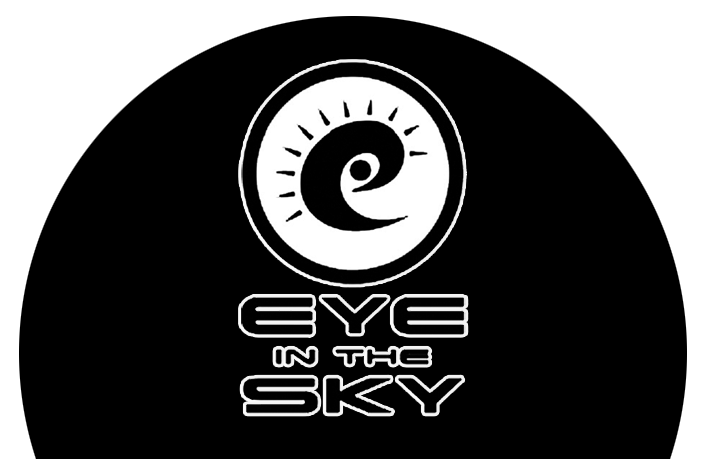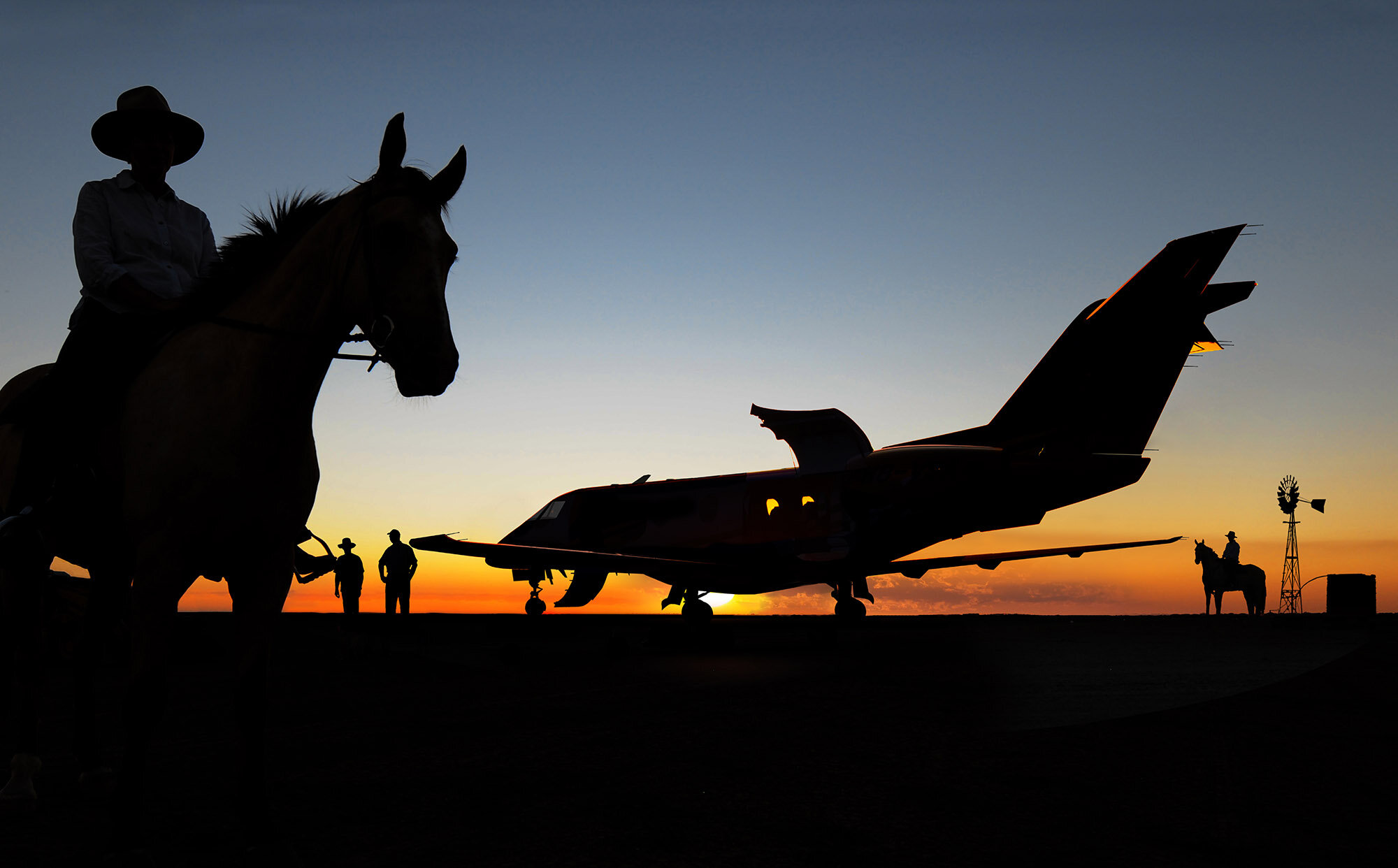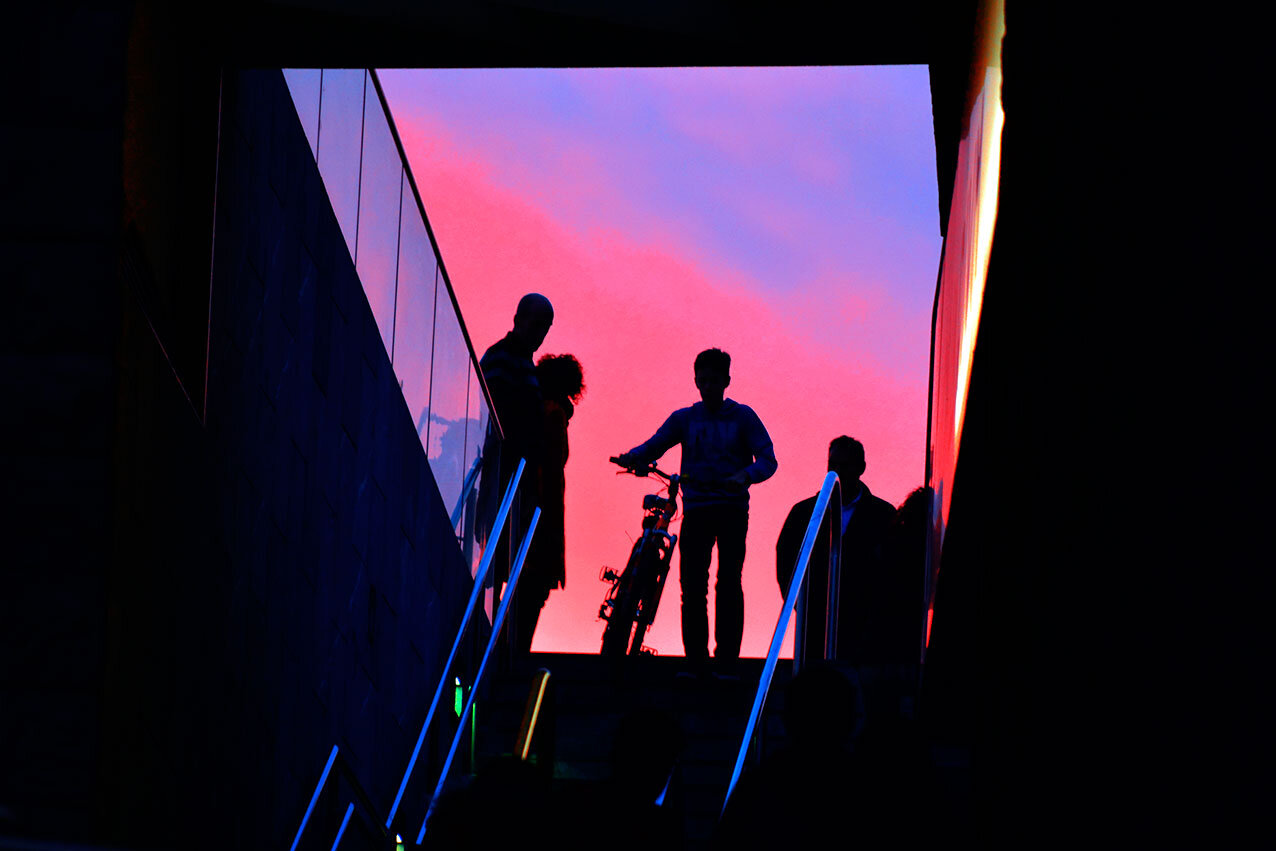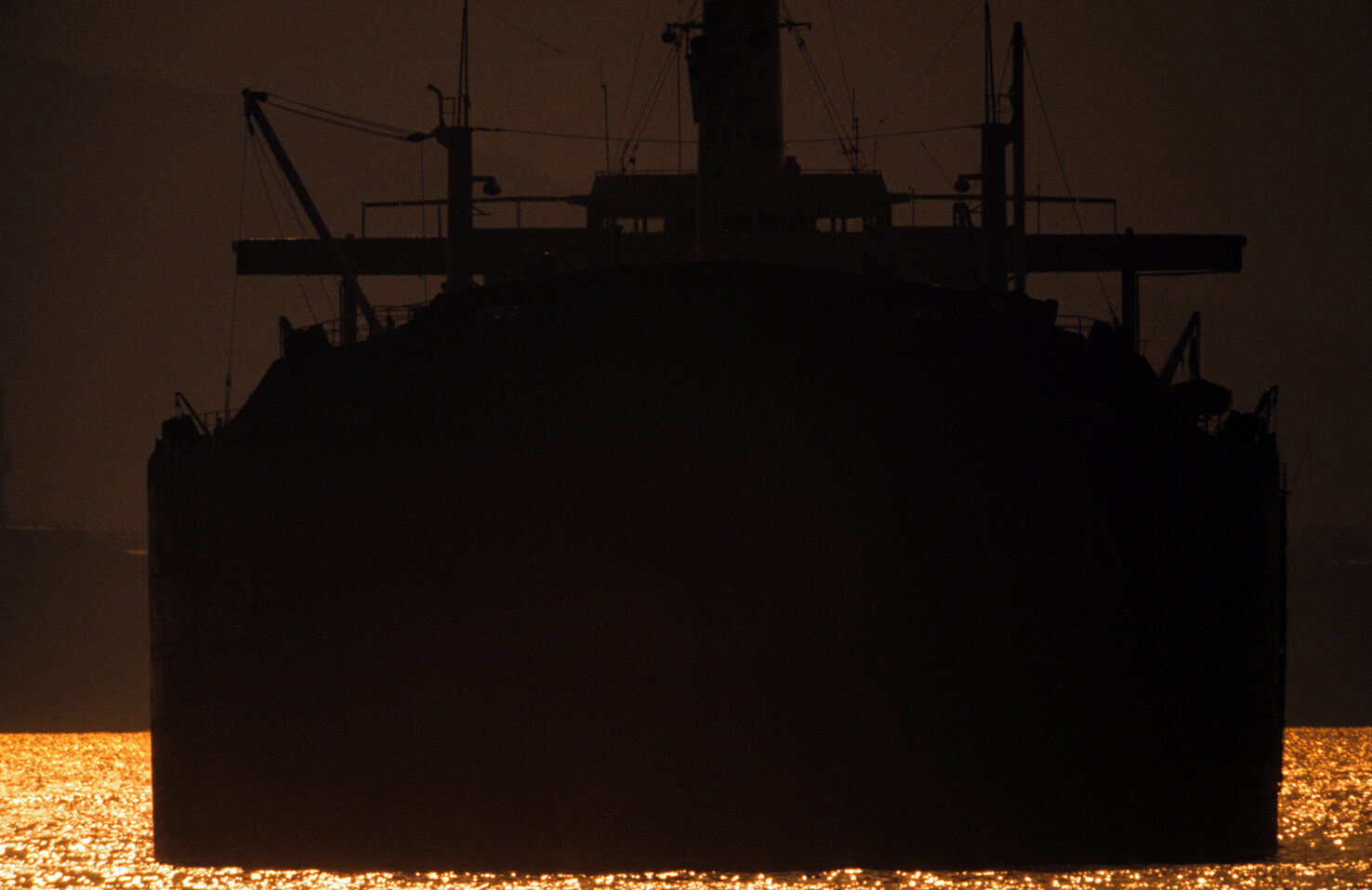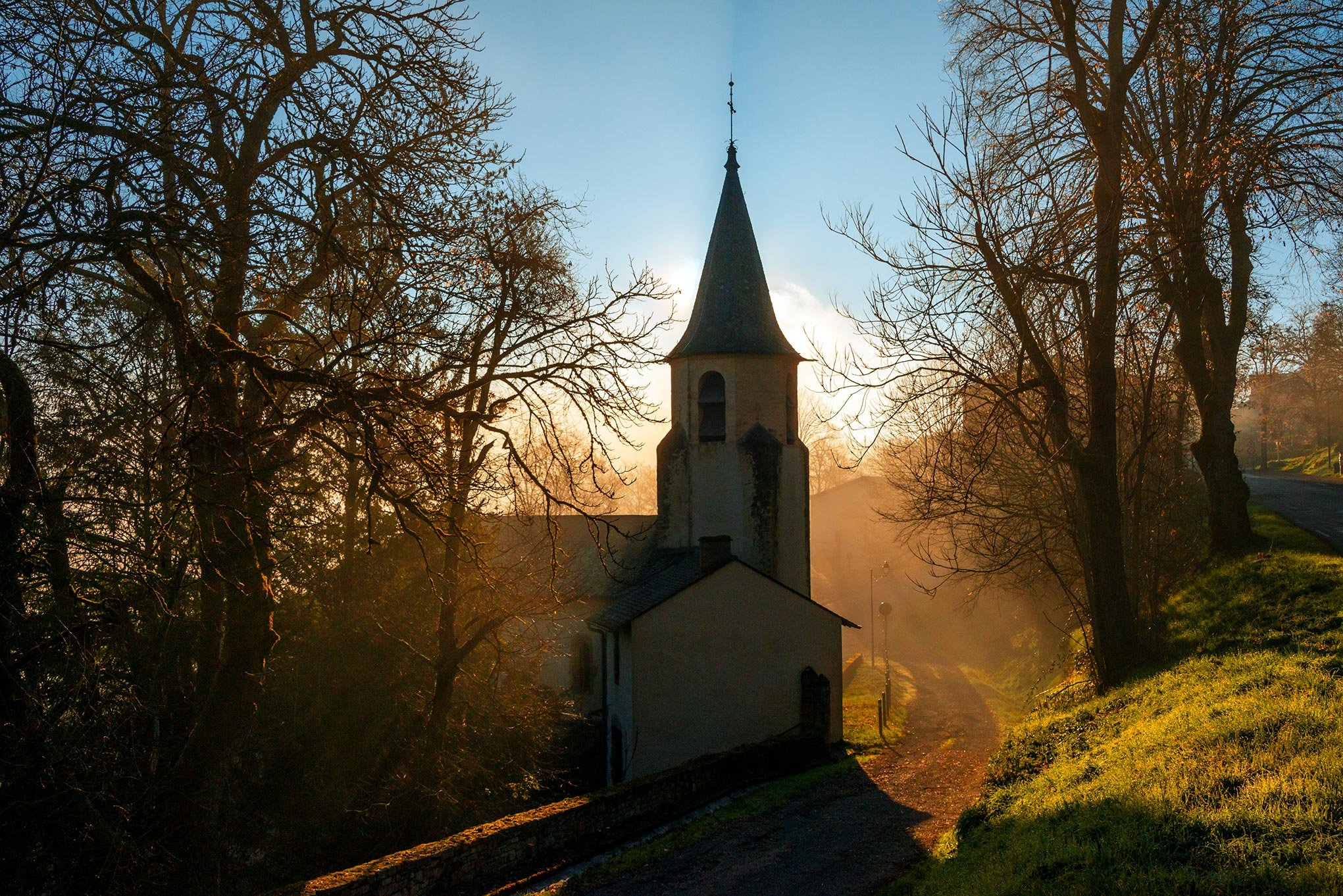SILHOUETTES
LIGHTING - Silhouettes
A silhouette is created when there is no frontal light whatsoever on your subject. To achieve this, the light behind your subject must be stronger than the light on it. If you expose for the brightest part of the scene such as the sun, or a bright object, then you should get a good silhouette, such as (a). With (c) the sun was still bright enough to silhouette both the stone circle and the Heel Stone.
If the sky is not bright enough but you still want a silhouette, you can ‘underexpose’ to achieve this as in (b). A silhouette will show the form of your subject but not its function, only when you add front or side light to a subject will you start to see this, but by then it is a different type of lighting altogether. Like all aspects of photography, using silhouettes is a way of communicating an idea, feeling or concept. Often you can use a silhouette as a framing device, forcing the eye to shift, as with the Swiss alps frame.
You always have options. With the examples of the Lucerne foot bridge you have the option of creating a silhouette of just tomes, or to show the people.. Because the sun is striking the surface of the bridge, you have an intense point of light, so by over exposing you create a silhouette. In all these compositions - including the Dhows in Zanzibar and the aircraft carrier and patrol boat in Western Australia - are in silhouette because the suns reflection off the sky, ground or water far exceeds any light given off by the objects themselves. To help achieve this look, you expose for the highlights, the shadows will take care of themselves and darken.
All photography and information © Jon Davison 2022

